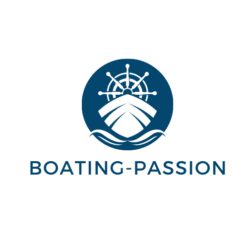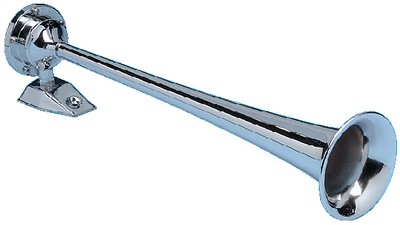Foghorns, whistles, trumpets and horns are all compulsory equipment for boats. For safety reasons, the RIPAM requires that users use them wisely according to well-defined rules.
A regulatory obligation
Any self-respecting sailor knows that for all boats, the golden rule is not only to be seen, but also heard, thanks to the boat horn. This explains why all floating machines are equipped with a system for emitting sound signals.
It should be noted that this is a regulatory obligation as required by the International Regulations for Preventing Collisions at Sea (also known as ColReg 72 or ColReg).
In concrete terms, it is Article 34 on the sound signals to be emitted of the RIPAM that has established this rule at world level. And according to the findings, this regulation is mainly aimed at vessels of less than 12 metres in length.
A question of safety
As a reminder, sound signalling is also a way for boats to signal their presence and intentions. However, with the technological advances that allow satellite phones or GPS to enter the system, some are tempted to believe that the boat horn is no longer necessary. A mistake!
The fact is that for various reasons, these modern devices can fail from time to time. Either because of electrical failure, fog, poor visibility or bad weather. Problems that can lead to accidents or other unfortunate situations.
All this leads to the fact that sound equipment is immune to such problems, so to speak, as a last resort. It is the ultimate means of communication to ensure your safety when sailing and also in port.
Sound emission is mandatory in port
The use of a ship’s horn is particularly important in harbours as part of the safety regulations. And there is a reason for this. Such places are full of boats of all kinds and sound signals allow you to make your intentions clear.
So you have to use the first category of sound signals. That of manoeuvring and warning, requiring a specific signal for each movement. Namely:
- One short signal for “I am coming to starboard”;
- Two short signals for “I am coming to port”;
- Three short signals for “I’m going backwards”;
- Two long signals and one short signal for “I intend to overtake you on your starboard side”;
- Two long and two short signals for “I intend to overtake you on your port side”;
- One long and one short signal followed by another long and short signal for “Affirmative response from the overtaken vessel”;
- At least four short signals for “Doubts about the intentions of another vessel”;
- One long signal for “In a blind turn”.
Needless to say, each pilot must master his or her own sound languages, without forgetting the second category, which corresponds to sound signals used in reduced visibility.






